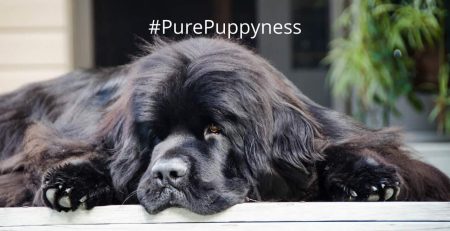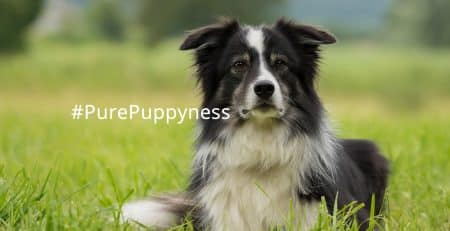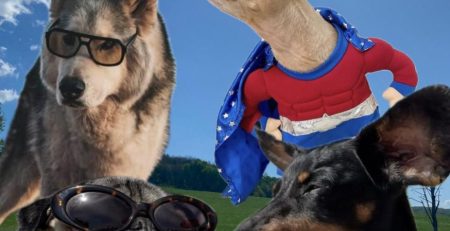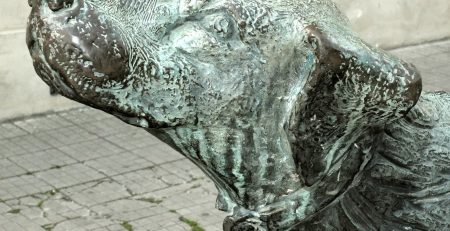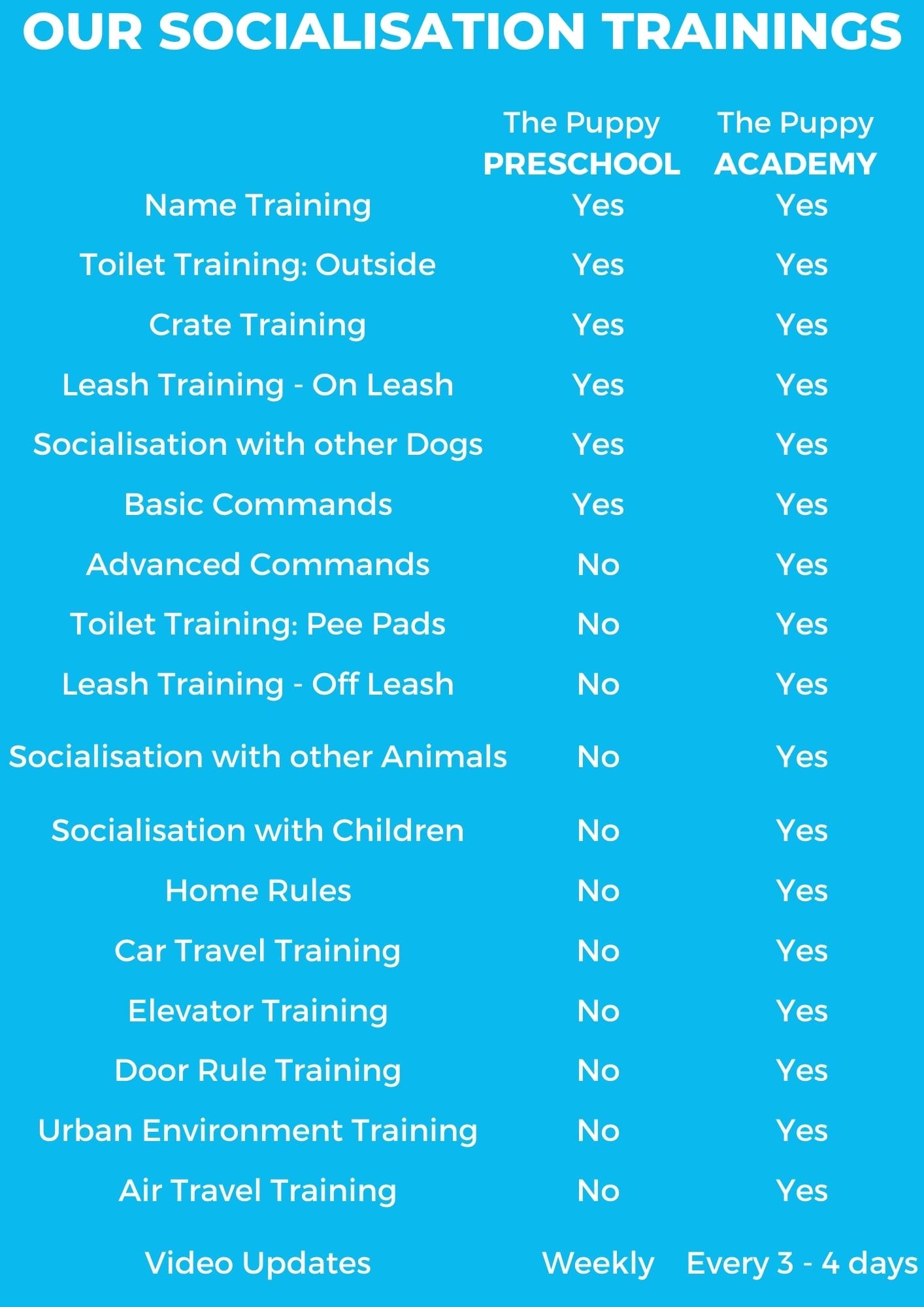Laika – The story of a Soviet space oddity
Since the middle of the twentieth century, the world had been racing to conquer new territory: outer space. On 3rd November, 1957, the Soviet Union amazed the world with the launch of Sputnik 2. The cosmonaut aboard the little satellite had made it through weeks of harsh training, and had no idea of the significance of her flight. She was Laika, a mixed breed street dog, and one of the first animals in space. Sadly, her first voyage was also to be her last voyage.
Laika
Laika was a three year old stray dog living on the streets of Moscow. She was thought to be a Samoyed or Husky crossbred, though she almost certainly had some Terrier or Spitz ancestors. She was also nicknamed Kudryavka (Little Curly), Zhuchka (Little Bug), and Limonchik (Little Lemon) by various personnel involved in the project.
Laika was chosen for the project because scientists thought that a street dog would be able to tolerate extreme cold and hunger better than other dogs. Her small size also meant that she could fit more easily into the cramped satellite cabin. Although she was a stray, Laika was calm and friendly to humans and other dogs alike. In other words, she was an ideal candidate for Sputnik 2.
Along with the other candidate dogs, Albina and Mushka, Laika endured harsh training for Sputnik 2’s launch. Training included placing the dogs in a series of cages, each smaller than the last, to get them used to the confined space inside Sputnik 2’s cabin. They also had to tolerate being placed in a centrifuge, simulating the conditions of rocket launch, and in machines that mimicked the sounds of spacecraft, and were trained to eat a nutritious gel that would be their only source of nourishment in space.
The winner
As the date of the mission drew nearer, Laika was selected as the “flight dog” that would be launched into orbit. Albina was kept as a back-up dog, and Mushka would be used as a “control dog” that would stay on the ground for additional tests. Before the launch, one scientist, Dr. Vladimir Yazdovsky, took Laika home to play with his children. He later said that “Laika was quiet and charming…I wanted to do something nice for her: She had so little time left to live.”
On 31st October 1957, Laika was placed inside the capsule. She was carefully groomed, and sensors were attached to her. Everyone knew that Sputnik 2 was not designed for re-entry. Laika’s first voyage would be her last and only voyage. Just before closing the hatch, the technicians kissed the little dog’s nose, knowning that they would never see her again, that she could not possibly survive her journey.
Sputnik lunched
Sputnik 2 ascended on 3rd November. Sensors showed scientists on Earth that Laika had survived the launch, though based on her vital signs she was very agitated. She also seemed to be eating her food as the satellite orbited planet Earth. Sadly, just five or so hours into the voyage, signs of life from the spacecraft ceased. Laika had died.
The truth
For years, the Soviet Union hid the truth of how Laika had died. The Soviet scientists had originally intended to poison Laika’s last food ration, killing her quickly and painlessly. However, in 2002 Moscow’s Institute for Biological Problems revealed that Laika had died from overheating and stress by the time Sputnik 2 circled the Earth for the fourth time.
Some good came of Laika’s sad fate. The fact that she was never meant to survive the mission sparked controversy in the discussion on the use and mistreatment of animals in scientific research. Even prior to the launch, the RSPCA (Royal Society for Prevention of Cruelty to Animals) received multiple calls of protest. People held demonstrations outside the United Nations in New York City. Future space missions were planned to include the return and recovery of the animals used, and these missions eventually made human space flight possible.
Oleg Gazenko, one of the scientists involved in the project, regretted his role in Laika’s death, and said that “We shouldn’t have done it …We did not learn enough from the mission to justify the death of the dog.”
A statue of Laika can be found at Star City, Russia, along with a plaque commemorating fallen cosmonauts. The Monument to the Conquerors of Space also includes Laika, as does a statue at the military research facility where Laika was prepared for flight; the latter shows the little dog posed on a space rocket.



